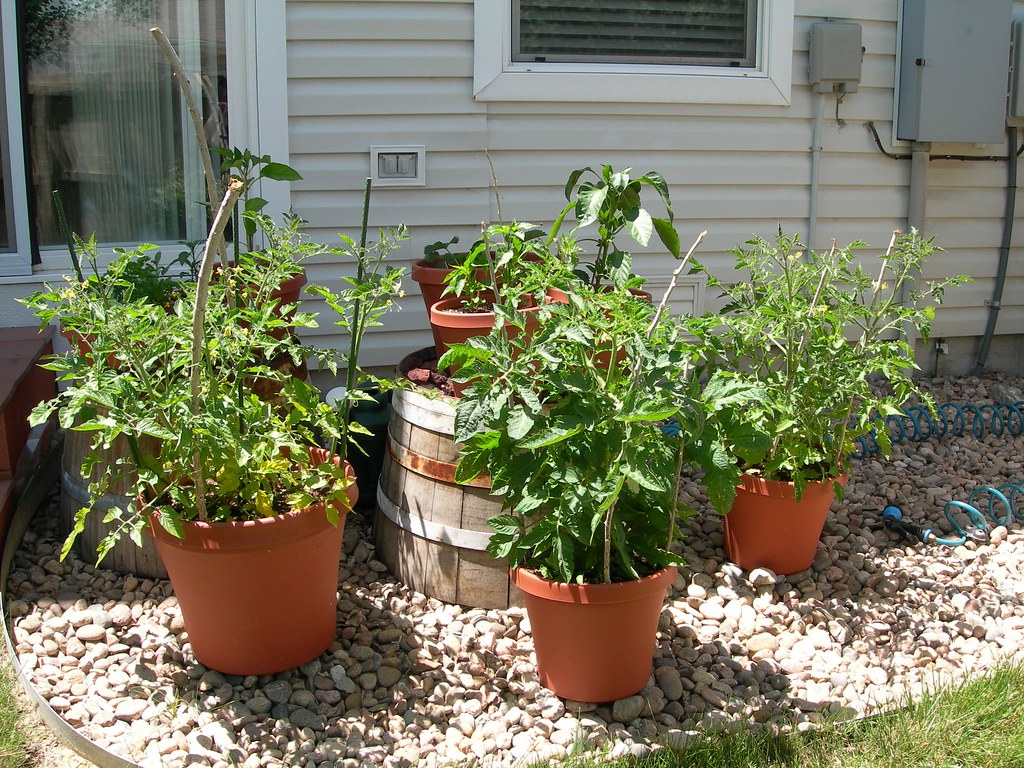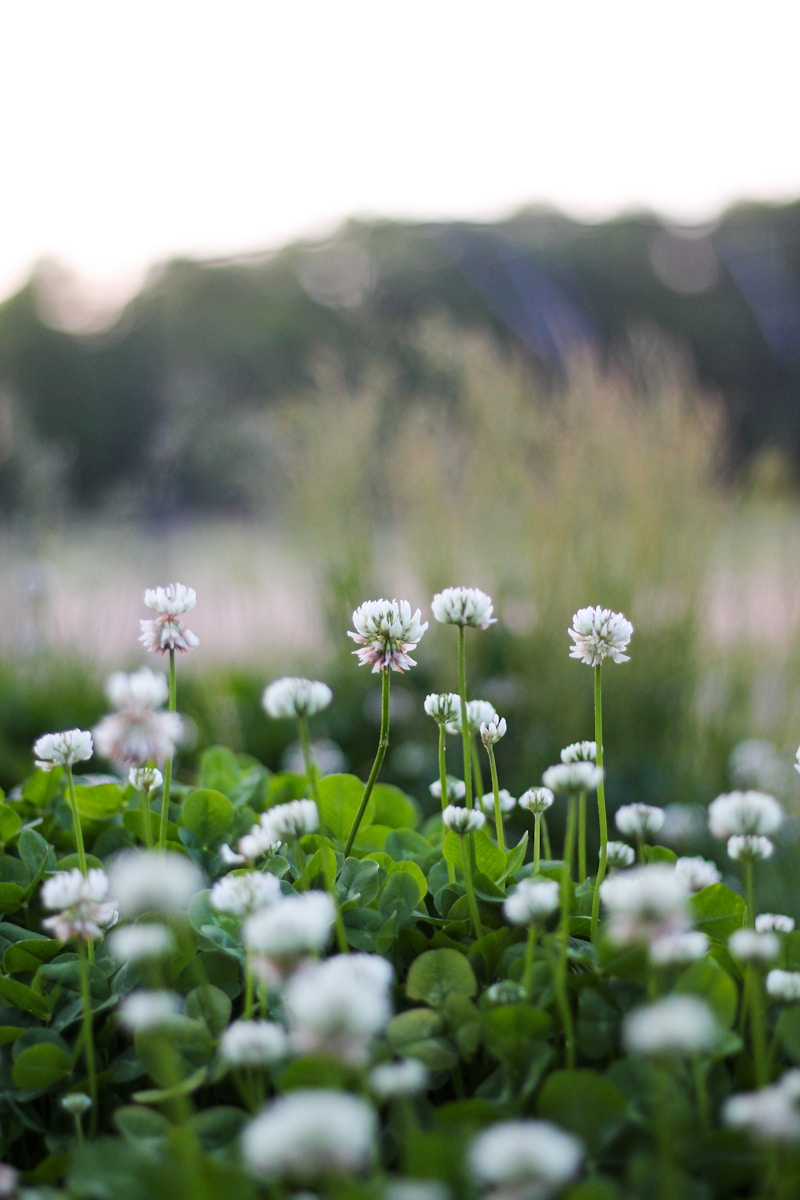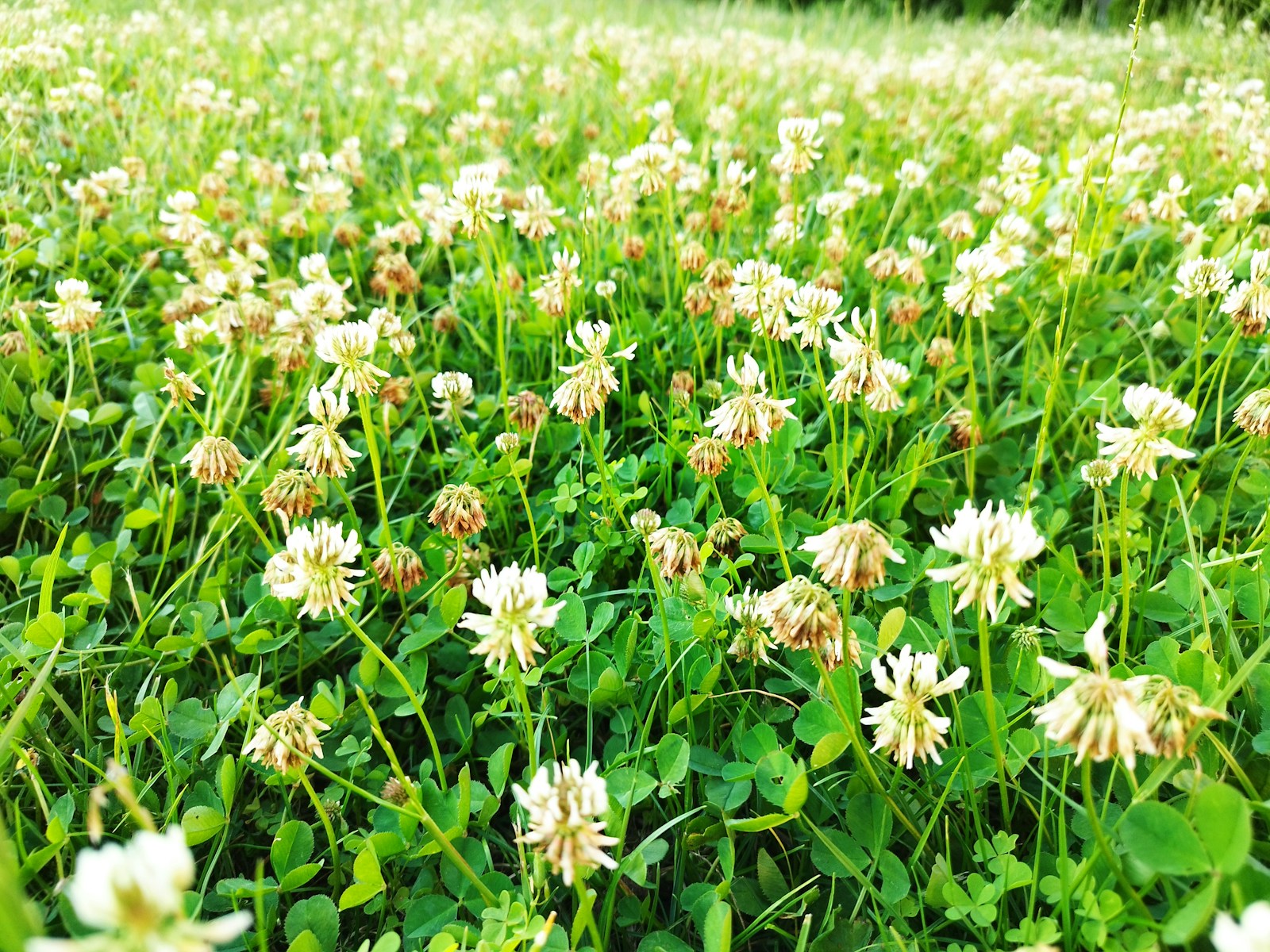Dear Seasoned Spade,
I’m tired of fighting the garden’s evil forces: squirrels, the weather, and my own lack of gardening skills. I’ve read all the articles, watched the videos, and still, every time I try to grow veggies, they either die or look pathetic. I don’t have a huge backyard, but I do have a decent-sized patio. Can you tell me the best way to grow vegetables in containers? My dreams of a homegrown salad aren’t going to happen unless you show me the way.
Signed,
Container Gardener in the Concrete Jungle, Boise, ID
The Problem: When Your Veggies Are More “Fail” Than “Fresh”
Ah, the struggle of container gardening—when your backyard is more of a postage stamp than a sprawling farm. You’re not alone. Many gardeners, with nothing but a small space and big dreams, face the same plight. The problem is this: while containers can be a brilliant solution to a lack of space, they can also turn your vegetable patch into a sad, shriveled mess faster than you can say “I’m just here for the tomatoes.”
First, there’s the soil issue. Too much drainage? Your veggies drown. Not enough? Hello, swamp. Then there’s the size of the container itself. Sure, the 5-gallon bucket is super convenient, but it’s basically a sardine can for your plants. And don’t even get me started on water retention and sunlight, which, apparently, plants are very picky about.
But don’t worry, fellow gardener, all hope is not lost. I’m about to guide you to container gardening glory, without any of the head-banging frustration.
The Solution: How to Grow Vegetables Without Becoming a Plant Murderer
Okay, let’s break it down into manageable (and mildly humorous) steps. Think of this as a foolproof way to grow veggies in containers without completely losing your sanity.
- Choose the Right Containers
The container is like the foundation of a house—get it wrong, and everything falls apart. For most vegetables, go for a container that’s at least 12 inches deep. Yes, those cute little pots might look charming, but your plant will be living a cramped life, like a teenager trying to make it through prom in a suit that’s two sizes too small. Bigger is better here. And don’t forget drainage holes—plants don’t like swimming unless they’re water lilies. - Get the Soil Right (No, Not Just “Dirt”)
Do not—DO NOT—use soil from your yard. You’re not building a sandcastle here. Grab some high-quality potting mix, which is designed to retain moisture and allow proper drainage. The stuff in your garden may look fine, but it’s probably got more weeds than a public park after the rain. - Choose the Right Veggies
Not all veggies are container-friendly. Stick with plants that don’t require an Olympic-sized pool of space. Leafy greens (like lettuce and spinach) are great, as are tomatoes (but they’ll need a bigger pot). Root vegetables like carrots and beets are trickier, so you might want to save those for when you’re ready to level up your gardening game. - Mind the Sun (and Shade, If You Can)
Think of your plants as sunbathers—they need their daily dose of sunlight, but too much can leave them crispy. Most vegetables need about 6-8 hours of sunlight a day. If you’re dealing with a shady spot, look for varieties that tolerate less sun, like leafy greens, herbs, or certain root veggies. Remember, not all plants are divas; some can handle a little more shade than others. - Watering (Or How Not to Drown Your Plants)
Watering is the one thing every container gardener gets wrong at least once. Too little, and your plant will shrivel like a raisin; too much, and you might as well be hosting a water park in your container. Water thoroughly, but only when the top inch of soil is dry. And remember: Over-watering is like overfeeding a goldfish—it sounds nice, but eventually, they’re both going to belly up. - Feeding Your Veggies (Without Spoiling Them)
Your veggies need food, but they’re not toddlers—don’t go overboard. A slow-release fertilizer is your best bet, applied every 4-6 weeks. Too much fertilizer, and you’ll have an overachiever on your hands—fast growth, but weak stems and poor yields. You want a happy, balanced vegetable, not a monster. - Keep an Eye Out for Pests
Just because you’re gardening in containers doesn’t mean the bugs won’t find you. Keep an eye out for aphids, beetles, and any other pests that think your veggies are a gourmet buffet. Organic pest control options like neem oil or insecticidal soap are your best friends. And no, sprinkling cinnamon on the soil won’t magically keep them away, despite what Pinterest might have told you.
Encouragement & Parting Words
And there you have it—container gardening, the fun-sized version! It may take a few tries, and yes, you’ll probably have a couple of limp zucchinis and some sad tomatoes along the way. But remember, every great gardener has a few failures (even Steve Bender probably killed a plant or two before becoming a guru). Keep at it, and before long, you’ll have a patio full of fresh, homegrown goodness.
Happy gardening,
Seasonedly yours,
The Seasoned Spade



